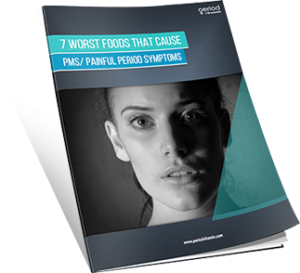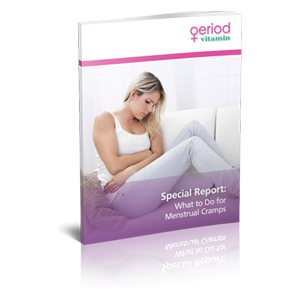It is said that a menstrual migraine with aura is one of the worst migraines to have. With this in mind, it’s time for you to solve your PMS migraine with aura with some treatments that have worked for others. Some of them – well the truth is that many of them are natural remedies and easy to start.
1. Vitamin D and Calcium
In one case study published in the journal Headache in 1994, two women with a history of PMS migraines were treated with vitamin D for pms and calcium for pms. Their headache attacks reduced in number by a “great reduction” as well as their PMS symptoms.
(Source: Headache 1994 Oct; 34(9): 544-8.)
How much would be good to take? Well, you need the minimum which is 15000 IU vitamin D3 per week and 800 mg calcium daily. However, these amounts are far too low for someone who has deficiencies.
2. Agnus cactus
In Italy, 107 women with migraines and PMS took only 40 mg Vitex agnus castus herb daily for three months. Sixty-two percent of them reported a dramatic reduction of PMS symptoms while another 24% had a mild reduction of symptoms in PMS. But here’s the best part: 42% of the patients had greater than 50% reduction in the frequency of their monthly attacks, and 57% of the patients experienced a reduction in the number of days they had a headache during the month. No one had any side effects whatsoever from using the herb.
(Source: Acta Neurol Belg 2013 Mar; 113(1): 25-9.
3. Mefenamic Acid
This may be considered a best treatment (it’s a medical treatment) but It’s only considered possibly effective.
(Source: Neurology 2012 Apr 24;78(17): 1346-63.)
4. Magnesium
In one emergency room, Harvard researchers compared the difference of giving standard migraine treatment of dexamethasone/metoclopramide to giving magnesium sulfate to those who had super bad migraine headaches. They found that both treatments decreased the pain severity but magnesium was more effective and fast acting than the standard treatment.
(Source: J Emerg Med) 2015 Jan; 48(1):69-76.)
Standard supplement dosage is 300 to 500 mg magnesium daily.
5. Butterbur
– This is another herb that is found to be effective for migraine prevention. In a study at Albert Einstein College of Medicine in New York, 68% of the patients given the herb butterbur had 48% fewer migraines, compared to 26% in the placebo group. Their reduction in the number of migraine attacks was greater than 50% – and that was after 4 months. Positive results were seen from one month on through the whole study. The only side effects were burping. Many women are telling their friends how to prevent migraines with the aid of this herb.
(Source: Neurology 2004 Dec 26;63(12):2240-4.)
6. Overall Vitamin and Mineral Supplement
Several studies have shown that there’s a relationship between different vitamins and minerals and menstrual migraines or migraines in women. (One source: Headache 2015 Feb; 55(2):301-9.) For example, in one study, folic acid (folate) in the diet was found to be related to migraine frequency. The greater the consumption of high folate foods in the diet (spinach and others), the lower the frequency and severity of the migraines.
You can easily take a multiple vitamin/mineral supplement but the chances are good that it won’t really address the needs of your monthly cycle like a period vitamin will. Most multiple vitamin/mineral supplements are made for the general public, and unless they specifically state they are made for you as a menstruating woman, they likely don’t have anywhere near the iron you need nor magnesium or folic acid. Thus, they won’t help you eliminate a migraine with aura before your period.
A period vitamin is only taken once daily and contains most of the vitamins and minerals you need to support your entire menstrual cycle.



